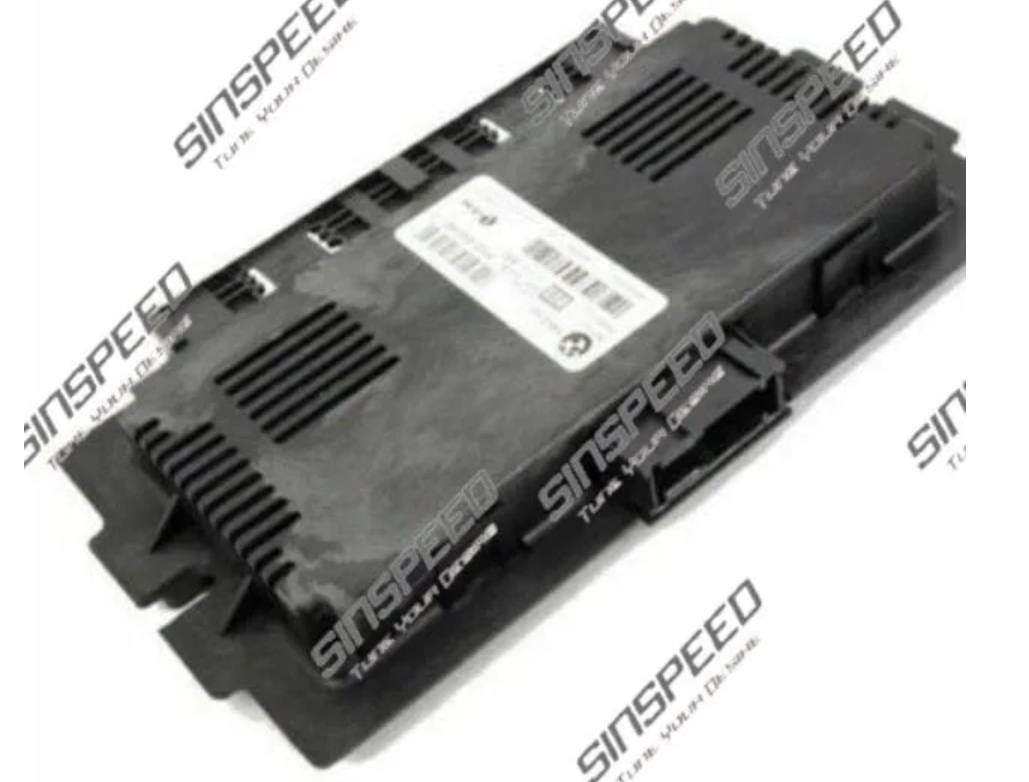
]
In modern vehicles, electronic systems have revolutionized the way cars operate, making them more efficient, reliable, and responsive. At the heart of these systems lies the gearbox ECU — a sophisticated electronic control unit that manages and optimizes the operation of automatic and semi-automatic transmissions. Understanding its function, design, and impact on vehicle performance is essential for both enthusiasts and professionals in the automotive industry.
What is a Gearbox ECU?
The gearbox ECU (Electronic Control Unit) is essentially the brain of a vehicle’s transmission system. Its primary role is to monitor and control various parameters to ensure smooth, efficient, and reliable gear shifting. Unlike manual transmissions, which rely on the driver to engage gears, automatic and semi-automatic transmissions depend on the ECU to make split-second decisions about when and how to shift gears. This includes assessing factors such as engine speed, throttle position, vehicle speed, and load conditions.
At its core, the gearbox ECU is a microprocessor-based system that communicates with other electronic modules in the vehicle. It uses input from a network of sensors, processes this data through sophisticated algorithms, and sends commands to actuators and solenoids within the transmission to adjust gear selection.
Key Functions of the Gearbox ECU
Shift Timing Optimization
The gearbox ECU calculates the optimal moments to change gears, balancing fuel efficiency with performance. For example, in aggressive driving scenarios, it may delay upshifts to maximize acceleration, whereas during relaxed driving, it prioritizes smooth transitions and fuel economy.Torque Management
During gear changes, managing engine torque is critical to prevent jerky movements or transmission wear. The ECU communicates with the engine control module (ECM) to modulate torque delivery, ensuring smooth engagement of gears.Adaptive Learning
Modern gearbox ECUs are equipped with adaptive learning capabilities. They adjust shifting behavior based on driving habits, road conditions, and even transmission wear over time. This personalization enhances both comfort and performance.Diagnostic and Safety Functions
The ECU continuously monitors transmission health. If it detects anomalies such as slipping gears, overheating, or sensor failures, it can trigger warning lights on the dashboard and enter a “limp mode” to prevent further damage. This ensures both driver safety and longevity of the transmission system.
How the Gearbox ECU Interacts with Other Systems
The gearbox ECU does not operate in isolation. It is part of an integrated network known as the Controller Area Network (CAN bus), which allows various vehicle modules to communicate efficiently. Key interactions include:
Engine Control Module (ECM): Coordinates torque adjustments for smoother gear transitions.
Brake System: Communicates to manage downshifts and engine braking efficiently.
Sensors: Inputs from speed sensors, throttle position sensors, and temperature sensors are crucial for decision-making.
Traction Control and Stability Systems: The ECU can adjust gear selection to maintain vehicle stability during adverse conditions.
This level of integration ensures that the gearbox ECU contributes not only to the efficiency of the transmission but also to overall vehicle performance and safety.
Common Symptoms of Gearbox ECU Issues
Although highly reliable, gearbox ECUs can experience faults due to electrical issues, sensor failures, or software glitches. Common symptoms include:
Erratic or harsh gear shifts.
Delayed engagement when shifting from neutral or park.
Transmission stuck in a single gear (limp mode).
Unusual warning lights related to the transmission.
Recognizing these symptoms early is essential, as gearbox ECU malfunctions can affect drivability, fuel efficiency, and long-term transmission health. Find a specialist near you
if you experience persistent transmission irregularities, as early intervention can prevent more significant problems.
Advances in Gearbox ECU Technology
Modern gearbox ECUs have evolved significantly from their early counterparts. Key technological advancements include:
Software-Defined Shifting
Gearbox behavior can now be optimized through software updates without requiring hardware changes. This allows manufacturers to refine shifting algorithms based on real-world performance data.Integration with Hybrid and Electric Vehicles
In hybrid and electric drivetrains, the gearbox ECU manages complex interactions between electric motors and internal combustion engines, ensuring seamless power delivery and regenerative braking.Predictive Shifting Algorithms
Some advanced systems utilize predictive models based on GPS data, terrain analysis, and traffic conditions to anticipate optimal gear changes before they are needed.Data Logging and Telematics
Modern ECUs can record transmission performance data, which can be used for diagnostics, maintenance planning, and even vehicle-to-vehicle communication in connected car systems.
The Importance of Understanding Gearbox ECUs
For automotive engineers, enthusiasts, and fleet operators, understanding the gearbox ECU is vital. It provides insight into transmission efficiency, vehicle performance, and maintenance needs. In professional settings, ECU data can inform preventative maintenance schedules, improve fuel economy, and enhance driver training programs. From a consumer perspective, awareness of how the gearbox ECU functions can help in recognizing early signs of transmission issues and making informed decisions regarding vehicle care.
Conclusion
The gearbox ECU is a cornerstone of modern transmission technology, combining hardware, software, and intelligent algorithms to manage gear shifts with precision and efficiency. By monitoring multiple parameters, communicating with other vehicle systems, and adapting to driving styles, it ensures both optimal performance and longevity of the transmission. As automotive technology continues to advance, gearbox ECUs are becoming more sophisticated, playing an ever-increasing role in vehicle safety, efficiency, and driving experience.
Recognizing the importance of this system and understanding its functions empowers drivers and professionals alike to maintain optimal vehicle performance and respond effectively to any transmission irregularities.



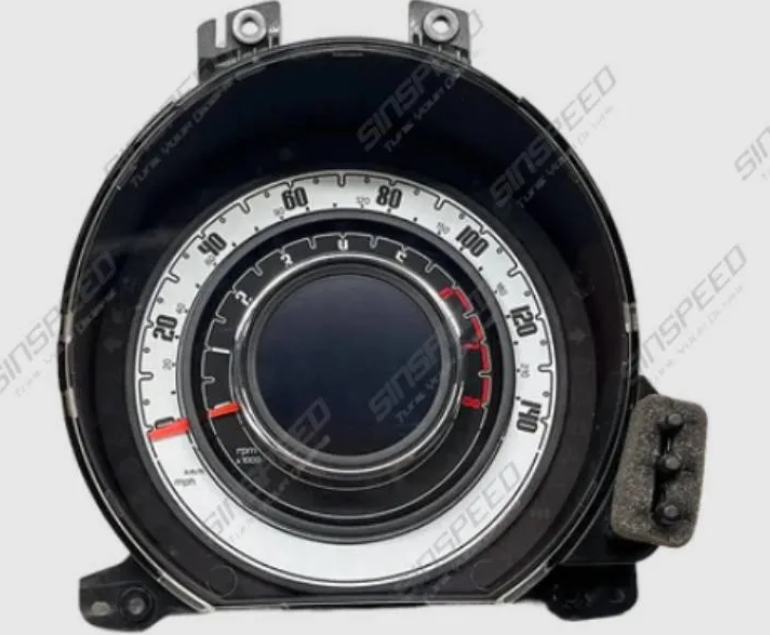
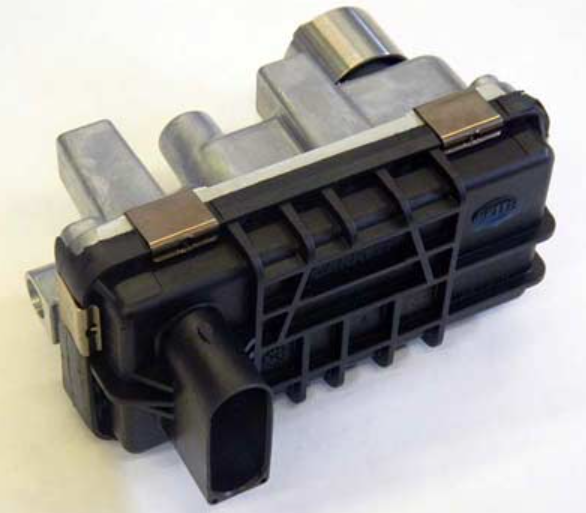
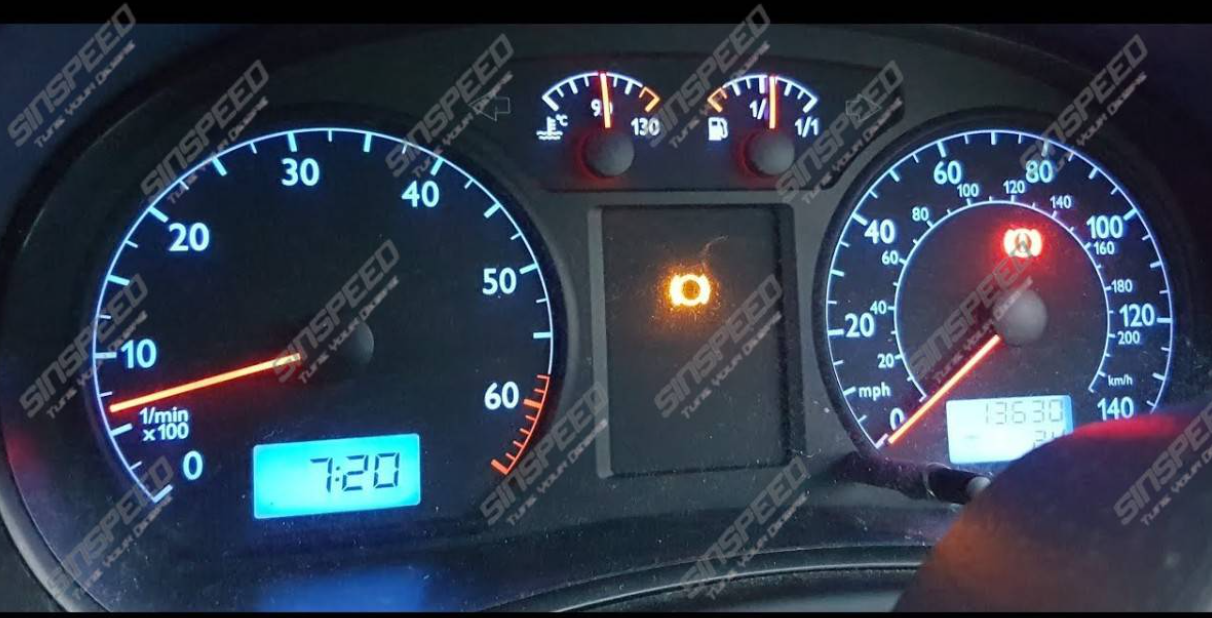

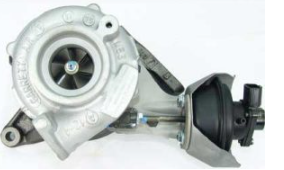
Write a comment ...